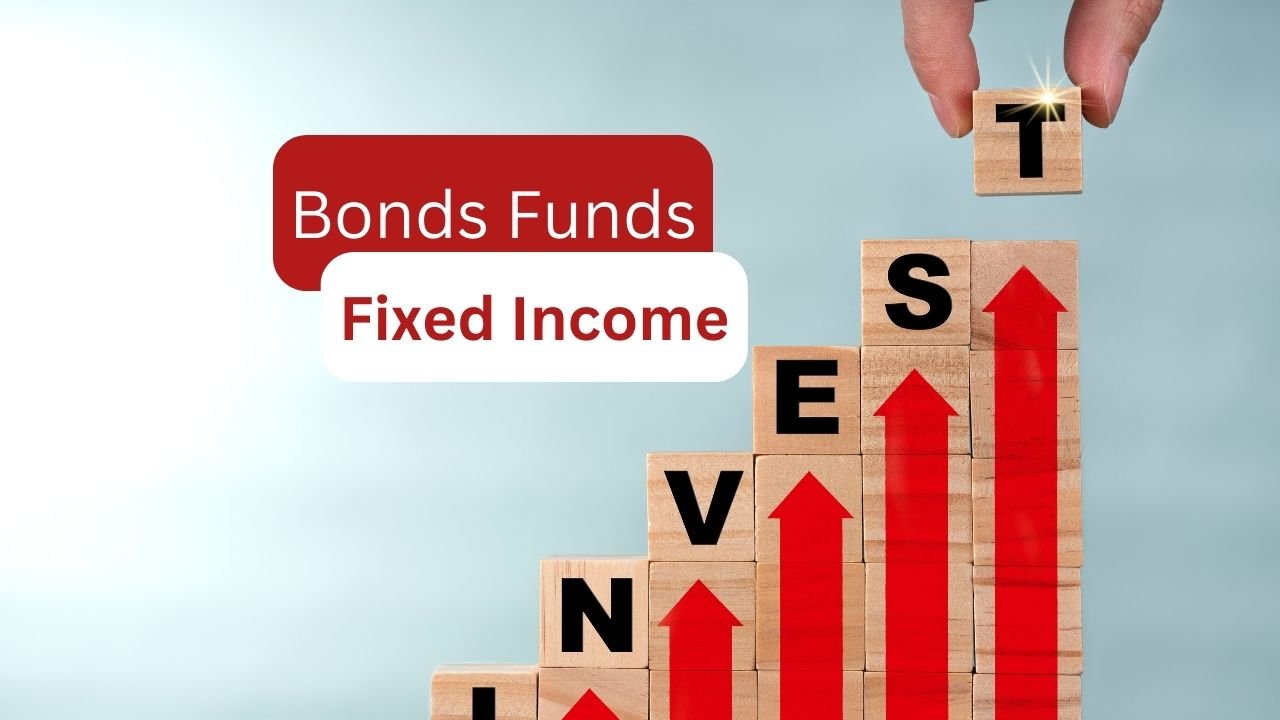Bond funds are a common investment vehicle, but what exactly are they? Let’s explore the world of bond funds and understand their meaning, types, benefits, and strategies.
What are Bond Funds?
A bond fund is a type of mutual fund, exchange-traded fund (ETF), or closed-end fund that primarily invests in bonds and other fixed-income securities. These funds pool money from multiple investors and use professional management to build a diversified portfolio, aiming to generate income for investors.
How do Bond Funds Work?
Bond funds work by buying and selling debt instruments like government and corporate bonds. The primary goal of a bond fund is to generate monthly income for investors. For an investor, a bond fund is an alternative to buying individual bonds. The investor in a bond fund is buying shares in a fund that buys and sells many bonds. Typically, a bond fund manager buys and sells according to market conditions and rarely holds bonds until maturity.
Types of Bond Funds
Bond funds can be categorized in several ways, including by issuer and credit quality. Here are some types:
1. Government Bond Funds: These funds invest primarily in government-issued bonds.
2. Corporate Bond Funds: Corporate bond funds focus on bonds issued by companies.
3. High-Yield Corporate Bond Funds: These funds invest in bonds issued by companies with lower credit ratings, indicating a higher risk of default.
4. International Government Bond Funds: These funds invest in government bonds issued by countries other than the United States, providing global diversification and exposure to various economic and political environments.
Benefits of Investing in Bond Funds
Bond funds offer several benefits to investors:
1. Diversification: Bond funds provide diversification for investors for a low required minimum investment.
2. Professional Management: Bond funds are managed by professional fund managers who conduct research and analysis to select bonds that they believe have the potential for growth and value appreciation.
3. Income Generation: The primary goal of a bond fund is to generate monthly income for investors.
Bond funds are a common investment choice for many investors. They offer the potential for steady income and diversification. However, like all investments, they come with their own set of advantages and disadvantages. Let’s explore them in detail.
Advantages of Bond Funds
1. Diversification: Bond funds provide diversification for investors for a low required minimum investment. They invest in a variety of bonds across different sectors and industries, which can help reduce risk.
2. Professional Management: Bond funds are managed by professional fund managers who conduct research and analysis to select bonds that they believe have the potential for growth and value appreciation.
3. Regular Income: The primary goal of a bond fund is to generate monthly income for investors. This makes them an attractive option for investors seeking a steady income stream.
4. Automatic Reinvestment: The other advantage of a bond fund is that interest payments can be automatically reinvested, which tends to lead to growth over time.
Disadvantages of Bond Funds
1. Management Fees: Bond funds often come with higher management fees. These fees can eat into your returns, especially in a low-interest-rate environment.
2. Interest Rate Risk: Bond funds are subject to interest rate risk. When interest rates rise, bond prices fall, which can lead to losses in your bond fund investment.
3. Uncertainty with Tax Bills: The sale of bonds within the fund can create a tax bill for investors, even if they haven’t sold any shares of the fund.
4. Potential for Loss: Bond funds aren’t a guarantee—they can diminish in value, particularly in the short term, and investors can lose money, just as with stock funds.
Conclusion
Bond funds can be a great investment option for those who are looking for potential high returns and are willing to take on some risk. However, it’s important to understand the different types of bond funds and their strategies before investing. Always remember to do your own research and consider your financial goals and risk tolerance before making any investment decisions.

